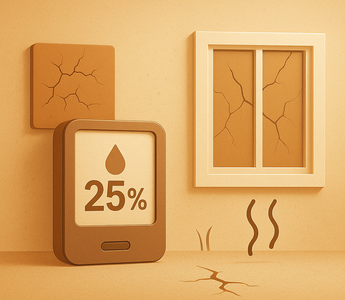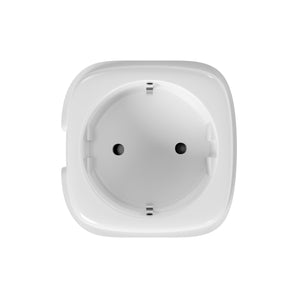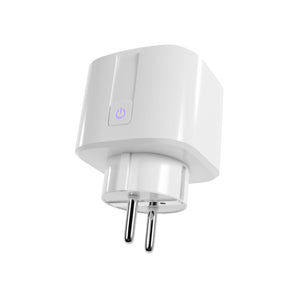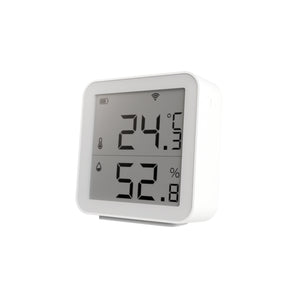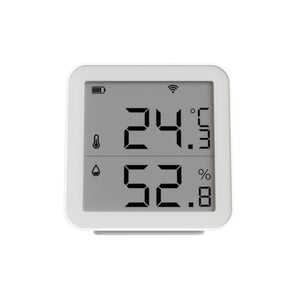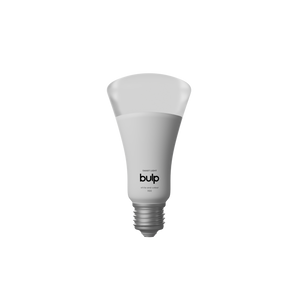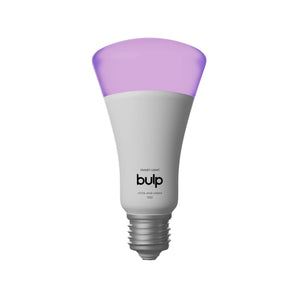Dry indoor air might seem harmless at first, but it can have a surprisingly big impact on your health, your comfort, and even your furniture. Especially during winter, when the heating is on full blast, the humidity inside your home can drop to unhealthy levels. In this blog, we’ll break down why dry air is a problem, how to recognize it, and what you can do to restore balance. We'll also explain why having a hygrometer is essential to keep your home environment in check.
When we talk about dry air, we’re referring to a situation where the relative humidity in your home drops below 40%. Ideally, the humidity should stay somewhere between 40% and 60%. Once it drops too low, your body – and your living space – start to notice.
The most common symptoms? Think dry skin, itchy eyes, irritated airways, and cracked lips. You might also experience a persistent dry throat or annoying static electricity every time you touch something metallic. If you suffer from allergies, asthma, or sensitive skin, dry air can make those issues worse. But it doesn't stop there. Your home also reacts to low humidity. Wooden floors and furniture can shrink or crack, paint might start peeling, and plants can suffer, turning brown and limp because there’s not enough moisture in the air for them to thrive.
So how do you know if the air in your home is too dry? The easiest way is to measure it with a hygrometer – a small, inexpensive device that tells you the exact humidity percentage in a room. Many modern hygrometers also display temperature and can track data over time via an app. This makes it easy to monitor multiple rooms and notice patterns you wouldn’t otherwise pick up on.
Once you know the air is dry, here’s what you can do. First of all: invest in a humidifier. It’s one of the most effective ways to restore moisture to the air. From simple versions to smart models that adjust automatically, a humidifier can dramatically improve your comfort levels, especially in bedrooms or nurseries.
You can also try old-school tricks like placing bowls of water on radiators, letting your bathroom door stay open after a hot shower, or drying laundry indoors on a drying rack. All of these help add moisture to the air naturally. And don’t underestimate the power of houseplants – some species, like the areca palm or peace lily, release moisture and help keep the air in balance.
The key to making any of this work is consistency, and that’s where the hygrometer comes back in. By keeping an eye on the numbers, you’ll know when it’s time to turn on the humidifier, open a window, or take other steps. Without one, you’re basically guessing.
In short: dry air isn’t just annoying – it’s something that can impact your health and living environment more than you think. The good news? With a few smart tweaks and a reliable hygrometer, it’s totally manageable. Start measuring, stay aware, and give your home (and yourself) the comfort you deserve.

